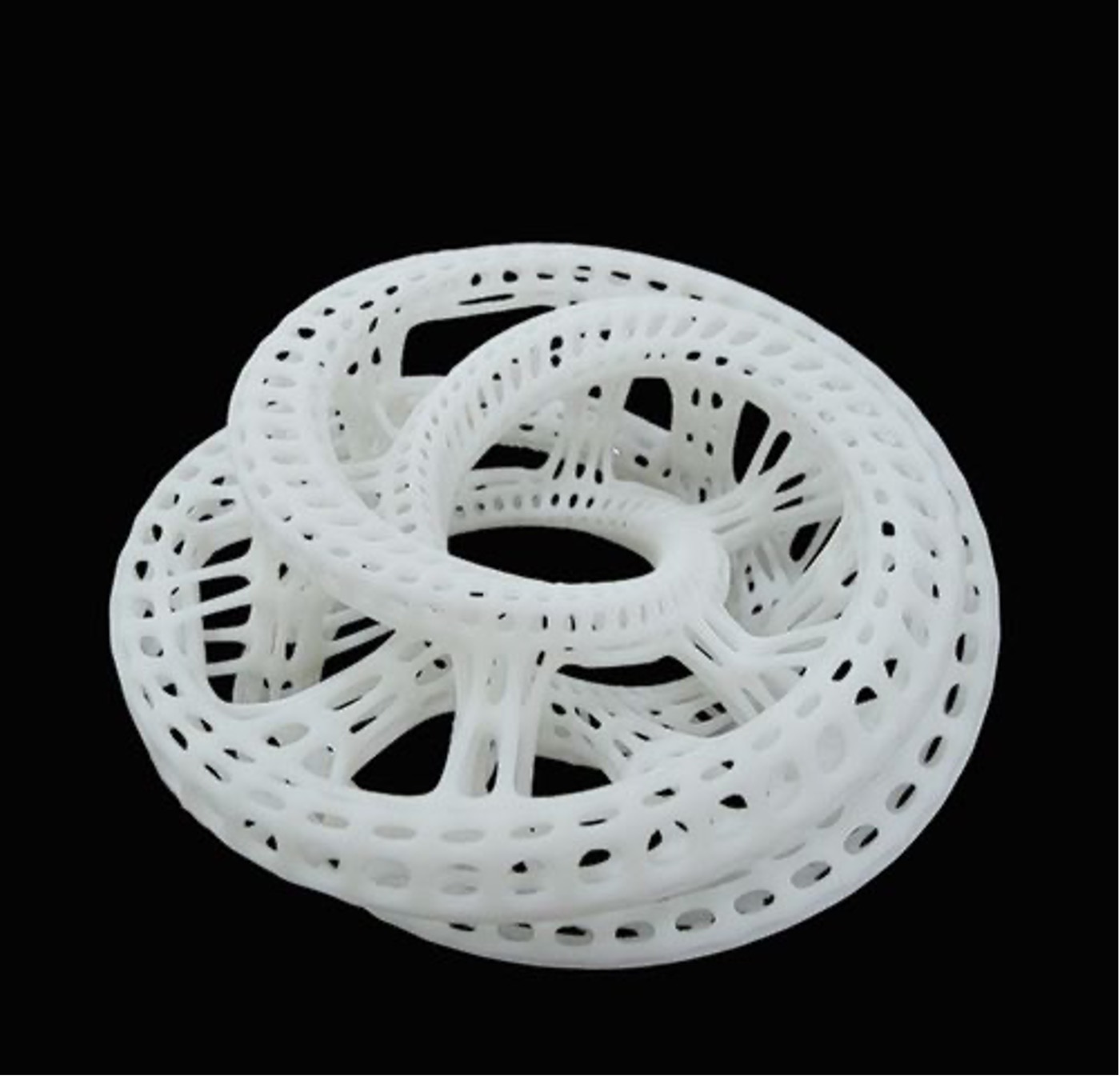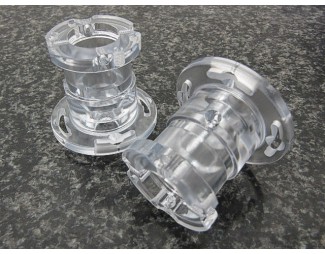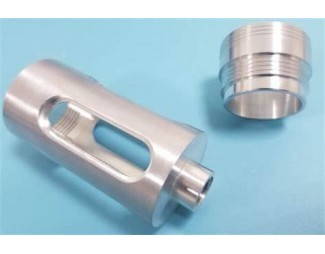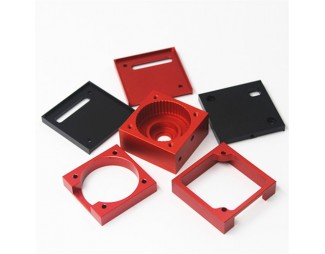Commonly used materials for prototype model making -ABS
ABS (Acrylonitrile Butadiene Styrene) is a thermoplastic polymer material with high strength, good toughness, and easy to process and form.
Because of its high strength, corrosion resistance, and high temperature resistance, it is often used to make plastic casings for instruments. ABS sheets are usually available in two types: yellowish and black. They have a certain degree of toughness and a density of about 1.04 to 1.06g/cm3.
It has strong corrosion resistance to acids, alkalis and salts, and can also tolerate dissolution by organic solvents to a certain extent. ABS resin can perform normally in an environment of -25°C to 60°C, and has good formability. The processed products have a smooth surface and are easy to dye and electroplat.
Therefore, it can be used in daily necessities such as home appliance casings and toys. The common LEGO bricks are ABS products.
Features of ABS sheets:
(1) High working pressure: the pressure is 1.0Mpa at room temperature of 20°C.
(2) Good impact resistance: only ductile deformation occurs when subjected to sudden attack.
(3) This product has stable chemical properties, is non-toxic and tasteless, and fully complies with the health and safety requirements of pharmaceutical, food and other industries.
(4) Large operating temperature range: its operating temperature range is -20°C ~ +70°C.
(5) Long service life: This product can generally be used indoors for 50 years. If buried underground or in water, the service life will be longer without obvious corrosion.
(6) Light weight, saving investment: The weight of ABS is 1/7 of steel, thus reducing the structural weight, reducing the labor intensity of workers, and reducing the consumption of raw materials, which can greatly save engineering investment.
ABS prototypes are easy to bond, polish, and post-process, and can be painted, electroplated, or engraved.

Search
Recent Post













